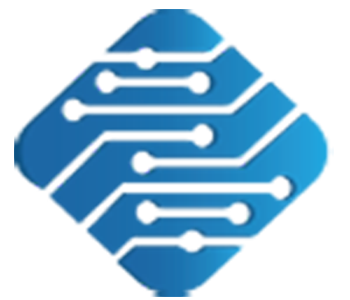-
 What is SaaS?
What is SaaS?
SaaS is a method of software delivery that allows data to be accessed from any device with an Internet connection and web browser. In this web-based model, software vendors host and maintain the servers, databases and code that constitute an application. This is a significant departure from the on-premise software delivery model. First, companies don’t have to invest in extensive hardware to host the software, and this in turn, allows buyers to outsource most of the IT responsibilities typically required to troubleshoot and maintain the software. We as SaaS provider takes care of it all.
In addition to allowing remote access via the web to the software applications and data, SaaS also differs from on-premise software in its pricing model. On-premise software is typically purchased through a perpetual license, which means buyers own a license to the software. They also pay 15% to 20% per year in maintenance and support fees. SaaS, on the other hand, allows buyers to pay an annual or monthly subscription fee, which typically includes the software license, support and most other fees. A major benefit of SaaS is being able to spread out costs over time.
Evolution of SaaS
While the idea of SaaS has been around for some time, the web-based technology required to support SaaS matured heading into the late 1990’s. That’s when several companies began offering traditional enterprise solutions, such as customer relationship management, through a SaaS model. If you’ve used a web-based email service such as Hotmail or Yahoo! Mail, then you’ve already used a form of SaaS. With these services, you log into your account over the Internet, often from a web browser. The email software is located on the service provider’s network, and your messages are stored there as well. You can access your email and stored messages from a web browser on any computer or Internet-connected device.
At first, the enterprise software world didn’t take SaaS seriously. In the last five years, however, that’s changed dramatically as SaaS companies have proven they’re able to grow their revenue and customer base through a subscription licensing model. At the same time, buyers are increasingly drawn to the affordability and the familiarity of the web browser-like user interface (UI) SaaS solutions offer.
The Difference between SaaS and Cloud Computing
The cloud refers to a set of incredibly complex infrastructure technology. At a fundamental level, it’s a collection of computers, servers, and databases that are connected together in a way that users can lease access to share their combined power. The computing power is scalable so that buyers can dynamically increase, or decrease, the amount of computing power they lease. The cloud can refer to anything that’s hosted remotely and delivered via the Internet. While all cloud programs are run by underlying software, SaaS refers specifically to business software applications that are delivered via the cloud. Given the widespread growth of cloud accessibility, it’s been easier, faster and less expensive for SaaS developers to roll out applications as compared to traditional on-premise software development. Today, nearly every type of core business function – from human resources to enterprise resource planning – is available via SaaS.
Benefits of SaaS
NO HARDWARE COSTS
Processing power is supplied by the cloud provider
NO INITIAL SETUP COSTS
Applications are ready to use once the user subscribes
PAY FOR WHAT YOU USE
Particularly beneficial for corporations to manage their budget
USAGE IS SCALABLE
Additional storage or services can be accessed on demand without needing to install new software and hardware
UPDATES ARE AUTOMATIC
Updates are often free of change and deployed automatically by the software provider
CROSS DEVICE COMPATIBILITY
Applications can be accessed via any internet enabled device, such as desktops, smart phones and tablets
ACCESSIBLE FROM ANY LOCATION
Users aren’t restricted to one location and can access applications from any internet enabled device
 jNext Technology
jNext Technology